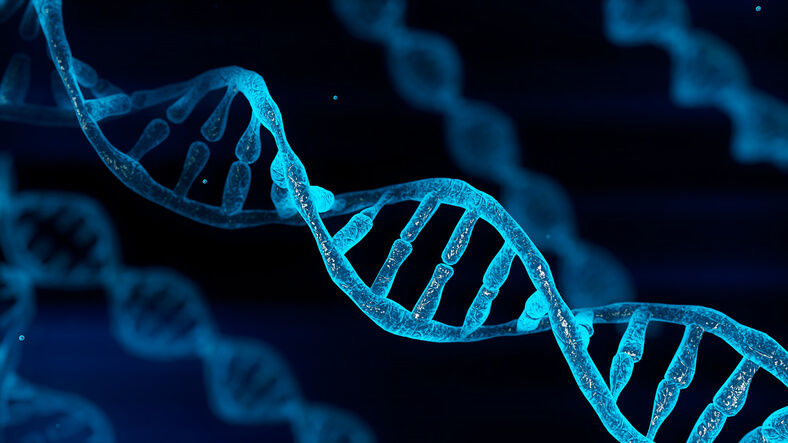Revolutionising Chemotherapy: A Breakthrough DNA Repair Test Takes the Guesswork out of Treatment
Chemotherapy has long been a critical tool in the fight against cancer, but its effectiveness can be hindered by the unpredictable way each patient’s body responds to treatment. However, a ground-breaking DNA repair test developed by researchers at Brunel University London promises to revolutionise the field of oncology by taking the “hit-and-miss” out of chemotherapy. The test is called DiNArep, and it has already been granted patents in the UK, US, EU, and Japan. In this blog post, we delve into the details of this remarkable advancement and explore the potential it holds for transforming cancer treatment.
The Challenge of Chemotherapy: Individual Responses Matter
Chemotherapy, while a potent weapon against cancer cells, often comes with a range of side effects and varying degrees of success. The reason behind this variability lies in the unique genetic makeup of each patient. Genetic mutations that affect DNA repair mechanisms can impact how well a patient responds to chemotherapy. This variability has led to a trial-and-error approach in treatment, where patients and medical professionals are left guessing which chemotherapy drugs will be most effective for a specific individual.
The Breakthrough: A DNA Repair Test
The recent breakthrough by researchers at Brunel University London centres around a DNA repair test that identifies the genetic variations responsible for differences in chemotherapy responses. By analysing a patient’s DNA, this test can predict how well a patient’s cells are likely to repair themselves after exposure to chemotherapy agents. This prediction provides valuable insights into which drugs are likely to be more effective and which may face resistance due to the patient’s genetic makeup.
How the DNA Repair Test works
DiNArep examines specific genes involved in DNA repair pathways. These pathways are critical for maintaining the integrity of the genetic material and preventing the uncontrolled growth of cancer cells. By assessing the genetic variants within these genes, the test can classify patients into different categories based on their DNA repair capabilities. This information empowers oncologists to tailor chemotherapy treatments according to a patient’s genetic profile, enhancing the likelihood of success and reducing the risk of adverse side effects.
Implications for Cancer Treatment
The potential impact of DiNArep on cancer treatment is monumental. It brings us one step closer to personalised medicine, where treatment plans are uniquely tailored to each patient’s genetic characteristics. By minimising the “hit-and-miss” nature of chemotherapy, patients can experience more effective treatments, reduced side effects, and improved quality of life. Moreover, this advancement has the potential to reshape clinical trials, as researchers can now identify specific patient groups that are more likely to benefit from certain chemotherapy drugs.
A Glimpse into the Future
As research in genetics and oncology continues to evolve, the implications of DiNArep extend beyond chemotherapy. It opens doors to a deeper understanding of how genetic factors influence responses to various treatments and interventions. Furthermore, the test could pave the way for the development of novel targeted therapies that exploit specific DNA repair pathways in cancer cells, potentially leading to more effective and less toxic treatment options.
Conclusion
The DiNArep test is still in the early stages of development, but it has the potential to revolutionize the way chemotherapy is administered. The test has already been granted patents in the UK, US, EU, and Japan, and it is currently being evaluated in clinical trials. If the DiNArep test is successful in clinical trials, it could become a standard of care for patients with cancer and other serious diseases.
The test represents a major leap forward in the field of cancer treatment. By offering a way to predict individual responses to chemotherapy based on a patient’s DNA repair capabilities, this breakthrough has the potential to transform how we approach cancer care. As this technology continues to advance, we can look forward to a future where precision medicine becomes the norm, optimising treatment outcomes and providing hope for patients and their families in the fight against cancer.
Minesoft Origin is a new solution that is revolutionising the searching of patent data for the pharmaceutical industry thanks to unique features that are exclusively developed by Minesoft. Features include concept searching on disease names so you can instantly find all variations, or a quantity search which enables you to search for numeric quantities and ranges. It can be extremely complicated to perform comprehensive searches in chemical or pharmaceutical spaces of technology due to the wide variety of ways that chemical compounds can be represented in patent literature. Minesoft Origin’s ChemX module uses full text indexing to identify known synonyms for chemical compounds in the text and allow you to search for them, all within just one search.
Try it out yourself today, start your free trial here.

